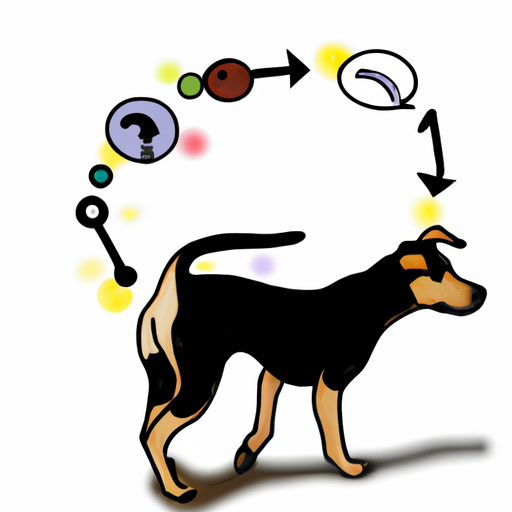Have you ever wondered, why do dogs need tails? At first glance, it might seem like a simple appendage, but the truth is, a dog’s tail serves many important purposes that are essential for their well-being. From balancing and communicating to spreading their scent, let’s dive into the fascinating world of a dog’s tail.
Table of Contents
- Communication Tool
- Balancing Act
- Spreading Scent
- Tail Types and Breeds
- Tail Health
- FAQs
Key Takeaways
- Dogs use their tails as a primary communication tool.
- Tails help dogs maintain balance.
- Dogs spread their scent using their tails.
- Different tail types exist among different breeds.
- Maintaining tail health is essential for a dog’s overall well-being.
Communication Tool
Dogs are social animals, and they rely on non-verbal cues to communicate with each other and us. Their tails play a significant role in this form of communication. Have you noticed how a wagging tail usually indicates that your furry friend is happy or excited? That’s only the tip of the iceberg.
Depending on the position and movement of the tail, dogs can express a range of emotions – from happiness and excitement to fear and aggression. For instance, a high and stiff tail often indicates alertness or aggressiveness, while a tucked tail usually signifies fear or submission.
You can learn more about understanding your dog’s body language here.
Balancing Act
Similar to the way a tightrope walker uses a balancing pole, dogs use their tails to maintain balance while running, jumping, or navigating uneven terrain. This is particularly important for breeds that are typically involved in physically demanding tasks, such as hunting or herding.
For instance, the Labrador Retriever, a breed known for its ‘otter’ tail, uses it as a powerful rudder when swimming. You can learn more about the different breeds and their specific tail features here.
Spreading Scent
Dogs have scent glands located near the base of their tails. When a dog wags its tail, it helps spread its unique scent, which is important for marking territory and identifying each other. This is why you might often see your pet wagging its tail when it is in a new environment or around other dogs.
Tail Types and Breeds
There are many different types of dog tails, from the curly tails of Pugs and Shiba Inus to the straight, thick tails of Golden Retrievers. The shape and size of a dog’s tail can often give you a clue about its breed or lineage.
For example, Greyhounds have thin, whip-like tails that they use as rudders during high-speed chases, while Samoyeds have fluffy, curled tails that they use to keep their noses warm during harsh winters.
Here’s a quick overview of different tail types and the breeds they are commonly associated with:
| Tail Type | Common Breeds |
|---|---|
| Curly | Pug, Shiba Inu |
| Straight | Golden Retriever, Labrador Retriever |
| Whip | Greyhound, Whippet |
| Fluffy and Curled | Samoyed, Alaskan Malamute |
To learn more about different breeds and their specific tail types, you can visit this page.
Tail Health
Maintaining your dog’s tail health is crucial. Dogs can suffer from a variety of tail-related health issues, such as fractures, infections, and even a condition known as “limber tail,” which typically affects working breeds. Regular grooming and vet checks can help ensure your dog’s tail stays in top shape. For more information on tail health, check out this article.
FAQs
Why do some dogs have short tails?
Some dogs are born with short tails, while others may have their tails docked for various reasons, including tradition, aesthetics, or perceived health benefits. However, tail docking is a controversial practice and is banned in many countries.
Can a dog live without a tail?
Yes, a dog can live without a tail. However, it might face some challenges with balance and communication.
What does it mean when a dog wags its tail?
A wagging tail can indicate a range of emotions, from happiness and excitement to fear and aggression. The specific meaning can be inferred from the tail’s position, movement, and other body language.
In conclusion, a dog’s tail is far more than just a cute appendage. It’s an essential tool for communication, balance, and spreading scent. As a caregiver, understanding the importance of this often-overlooked body part can help you better understand and care for your furry friend.



